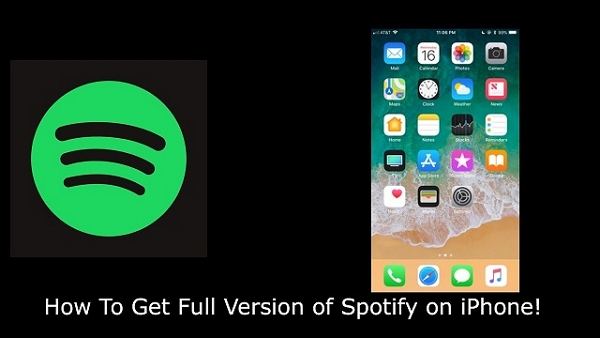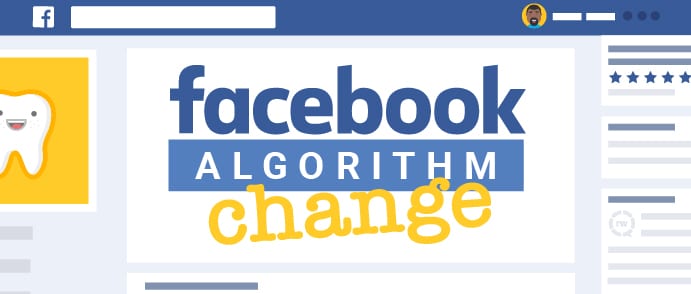
One of the best ways to make an email marketing campaign that is effective for ecommerce is by tailoring your subject lines to your customers' interests. To match customer interests, names, and past purchases, you can tailor your email subject lines. This will increase trust in the brand and create a deeper connection between customers. Customers are likely to be loyal customers if they make a purchase. In this way, you could reward them by giving them something special when they refer friends or family to your store.
Upselling emails
Upselling emails in email marketing e commerce require persuasive language. People won’t buy an upsell when they know they can get it whenever they like. To convince them to buy right away, create an atmosphere of urgency. You should use language that represents the brand. Your language should reflect the luxury brand you are trying to sell. Your upselling emails should reflect the tone and personality your brand.
Emails that are upselling can be more effective than other sales methods. You can use them for alerting customers about new promotions, and following up with them. Upselling, which introduces customers to premium products, is another useful email marketing function. This will encourage them to buy more than they usually would. You can use upselling emails to best serve your customers.
Cross-selling emails
Cross-selling emails can be very effective if you understand your customers' views on your products. Interactions with customers will help you determine what they see as belonging in one category or another. For instance, dogs don't look at cat pages as much as women do. Cross-selling can be done by using your customer's preferences, browsing history, past purchases, and other information.
Segmenting your customers based upon their past purchases and demographics, as well as length of customer relationships is another way to segment them. Cross-selling is a great strategy to increase revenue and track your sales pipeline. Personalized subject lines can increase open rates by 26 percent and encourage customers to purchase more. Personalization can be illustrated by using the customer’s name or company name in the subject. This will increase customer open rates and improve your chances of cross-selling.
Transactional emails

If you're planning to use email marketing to promote your e-commerce business, it's essential to understand transactional emails. These emails are critical to your customer relationship, especially if it contains sensitive information. These emails should include the name and address of customers who have made purchases, along with the item purchased. A study by Experian shows that using the customer's name in the subject line can increase the open rate of an email by 7%, indicating that it's a'reminder' that they made the purchase. It is important to include the customer name in the email's body near the beginning.
A transactional email could be as simple as a confirm email or a shipping note. It can be personalized with a logo or links to the company website. Because it is triggered by customer activity, the main purpose of transactional emails is their functionality. Transactional emails are not very attention-intensive, but they can be used to communicate important information to customers and offer a huge marketing opportunity.
Personalized subject lines
Email marketing is all about creating unique subject lines. You can make your emails stand out by including the subscriber name in the subject line. Personalization is impossible if you don't have enough information about the recipient. To make this possible, you must have a confirmed opt-in system to collect the name and email address of your subscribers. If you do not have accurate records, your subscribers will think that you don’t really care. This is a horrible situation, but it is also possible to do the opposite.

Although keywords play a limited role in email delivery and subject lines, using symbols to make your ecommerce emails stand out will increase their appeal. The higher the subject line's relevance to the content of your email, the more likely it will be opened, read and clicked. Email marketing is incomplete without personalized subject lines. Research shows that more than 70% of email marketers fail to personalize their messages. You should send your ecommerce emails at 10AM and throughout the day to increase the open rates. The subject line should contain the essence of your business, and not a sales pitch.
FAQ
How do I begin SEO for my website
Understanding what people are searching for in search engines such as google is the first step to getting a Google rank. This guide will help to make sure your content is ranked highly by Google. Also, check out our content marketing guides.
To get started, you need to create a plan. Then think about which keywords you want. There are two types keywords: broad keywords, such as "digital marketing", and more specific keywords, like "seo".
You'll then need to decide on a few goals - driving leads, increasing brand awareness, or boosting sales.
Once you have established your goals, you can start writing content. Here are some SEO tips.
After your content is written, you can publish it to your blog. This might mean updating your existing pages if you own a website. If you do not have a website you can hire a web designer to create one.
Link to your content on blogs and other relevant websites once you've published it. This will make your content more visible and increase its exposure.
Why SEO strategy matters?
The main goal of search engine optimization (SEO) is to increase traffic to your site by getting as many people as possible to find you when they use Google.
Search engines like Google, Yahoo! and Bing store information about websites on servers known as crawlers. These crawlers send the data back to the central database. This enables them to index web pages for searching purposes.
If your website appears high in the results, more people will click on your link and visit your page. You won't be seen in these searches.
The most effective way to ensure your site gets noticed is to rank highly in all the major search engines. There are two main methods to achieve this: paid advertising or natural organic links.
Paid Advertising: Paid advertising means that adverts are purchased from companies that pay-per-click to be displayed above other sites on search results. These ads could include banner ads and text ads as well as pop-ups and e-commerce widgets.
Natural Organic Links – Natural organic links are sites where you have proven your expertise over time. They also show that you have earned the trust and respect of your industry. Blogs, guest blogging, commenting and linking are all ways to build links.
To remain ahead of the pack, it is important to invest continuously in both forms marketing.
What does SEO mean to small businesses?
The biggest challenge facing small businesses today is competing against larger companies that spend millions on advertising. Search Engine Optimization allows small businesses to leverage the same marketing power as larger companies without breaking the bank.
What is a PPC Ad?
Pay-per-click ads are text-based advertisements that appear at the top or bottom of a page.
These advertisements are extremely targeted, meaning advertisers only pay when someone clicks on them.
PPC advertising can be very similar to Pay Per Call marketing, which we will discuss later.
Statistics
- Sean isn't alone… Blogger James Pearson recently axed hundreds of blog posts from his site… and his organic traffic increased by 30%: (backlinko.com)
- These guides are designed and coded 100% from scratch using WordPress. (backlinko.com)
- A 62.60% organic traffic boost to that page: (backlinko.com)
- 93%of online experiences today begin on search engines. (marketinginsidergroup.com)
- If two people in 10 clicks go to your site as a result, that is a 20% CTR. (semrush.com)
External Links
How To
How can I determine if my SEO is doing well?
There are many indicators that will help you determine if you're doing great in SEO.
-
Your bounce rate should be less than 30% - users leave your page without clicking on anything else. A high bounce rate means your audience doesn’t trust you or isn’t interested in what your company sells.
-
Multiple pages are visited by visitors to your website. This indicates that people are actively engaging with your site, and finding useful information.
-
Your conversion rate is improving - your audience has become aware of your product or service and wants to buy it.
-
Your site's average time is increasing. This means that people spend more time looking at your content.
-
Searches are attracting more people - this is a sign that your SEO is doing a great job.
-
You are receiving more shares on social networks - this means your content is being shared and reaching other audiences than your followers.
-
This is an indication that people are responding positively towards your work by leaving more comments in forums.
-
Increased engagement means more likes and tweets around your site, as well as shares, shares, likes and likes on posts.
-
Your rank in SERPs is rising, a sign that your hard work is paying off.
-
Your website is generating more leads - this means that people are finding your site organically and contacting you.
-
You are seeing an increase in sales - this means that people who visited your site looking for your products or services are purchasing them.
-
Your blog post is more popular and gets more comments, which shows that people find the content valuable.
-
This will increase your subscribers to your email lists. It shows that people trust you enough for them to sign up to receive information about your business.
-
Sales are on the rise - This means people love your products enough to be willing to spend more.
-
You have more social media followers, which means that your fans are sharing your content and engaging with you brand.
-
You are receiving more PR mentions, which means journalists are talking about you online. This boosts your image and raises awareness for your company.
-
This means that your brand is being recommended more often.
-
People continue to return to your website. This is a sign that your customers are satisfied with your work, and will return again and again when they need your assistance.
-
Your competitors are losing ground - this shows that they didn't invest as much money in their SEO campaigns as you, making them look bad.
-
Your brand image is changing. This indicates that your brand popularity is growing among a new customer base.